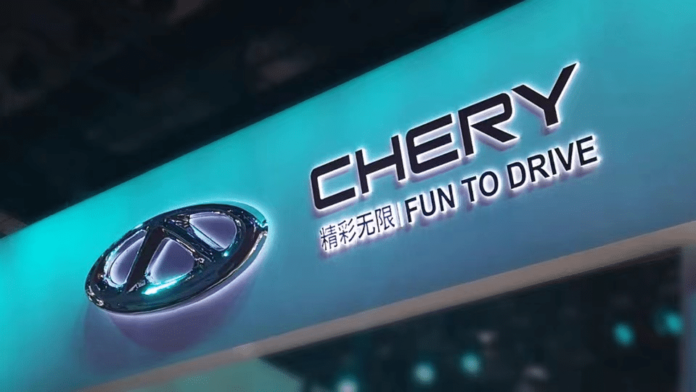Chinese automaker Chery has officially submitted its IPO application to the Hong Kong Stock Exchange, marking a significant step in the company’s long-held ambition to go public. This move comes after numerous unsuccessful attempts dating back to 2004, with factors like the 2008 financial crisis and failed subsidiary listings hindering its progress.
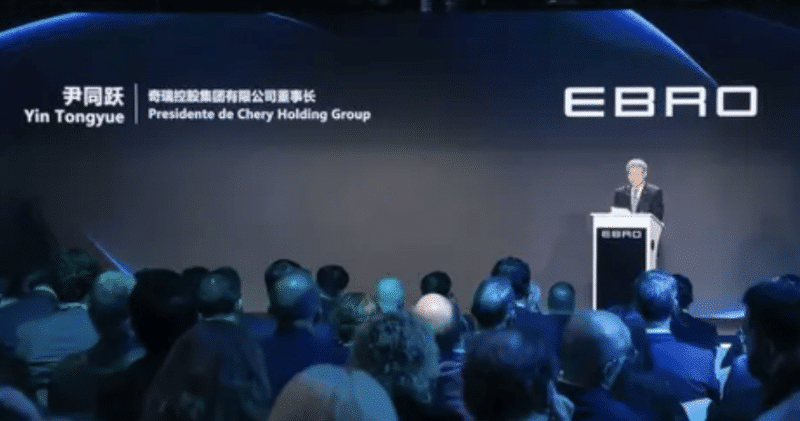
This latest IPO attempt is the culmination of two decades of effort. It coincides with a favourable market environment for automotive companies, especially as China’s auto industry undergoes a significant shift towards electrification and smart technology.
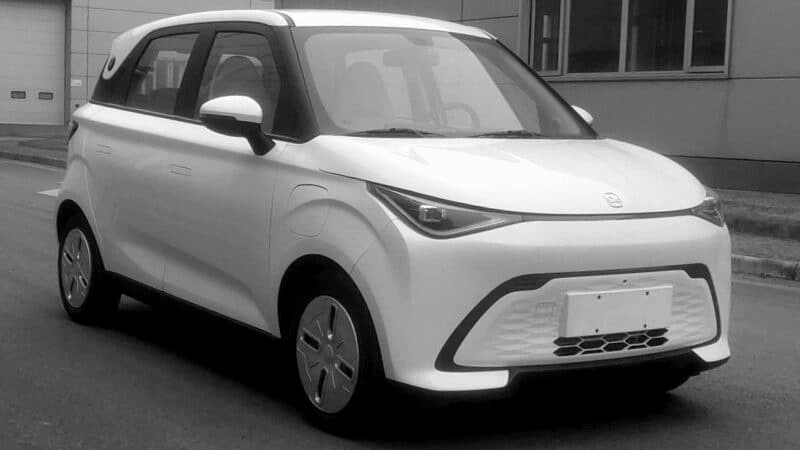
Chery’s recent financial performance appears strong. The company reported substantial revenue and net profit growth between 2022 and the first nine months 2024. In January-September 2024, Chery ranked third among domestic automakers in revenue and net profit, trailing only BYD and SAIC Motor.
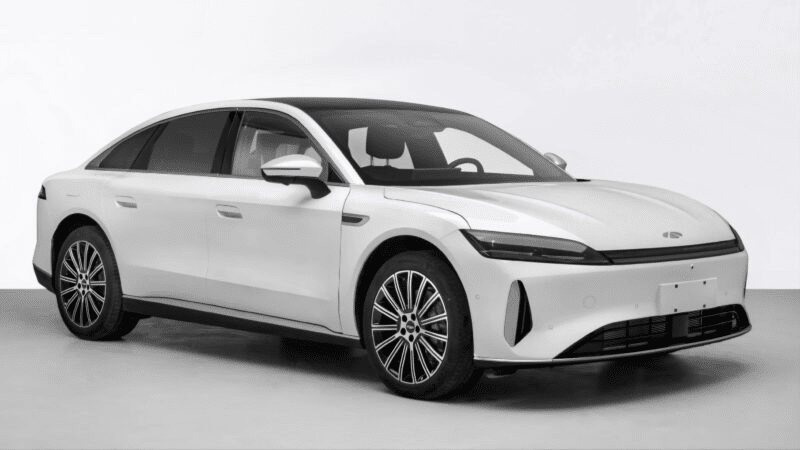
However, an analysis of Chery’s business segments reveals a significant imbalance. While its traditional gasoline vehicle business has seen robust growth and remains its primary revenue driver, its new energy vehicle (NEV) sector lags behind. This “strong in gasoline, weak in NEV” structure is a key concern as China’s NEV penetration rate continues to rise rapidly.
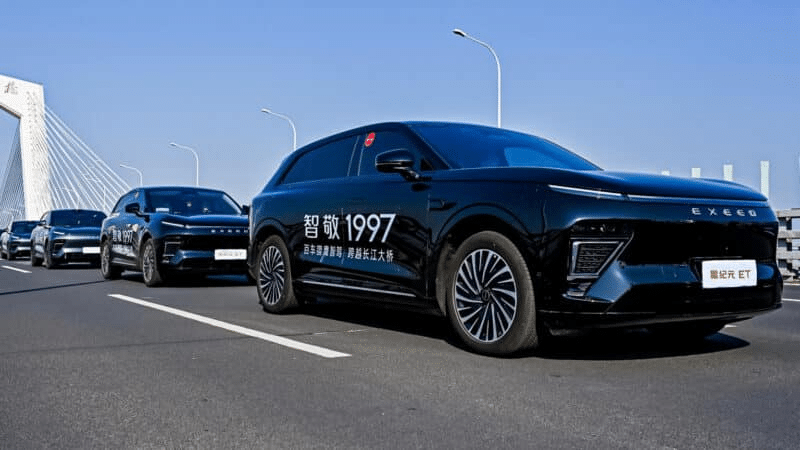
A major strength for Chery is its dominant position in vehicle exports. The company has been the top Chinese independent passenger car exporter for 22 consecutive years and holds a leading market share in several key international regions. Overseas markets contribute a significant portion of Chery’s revenue.
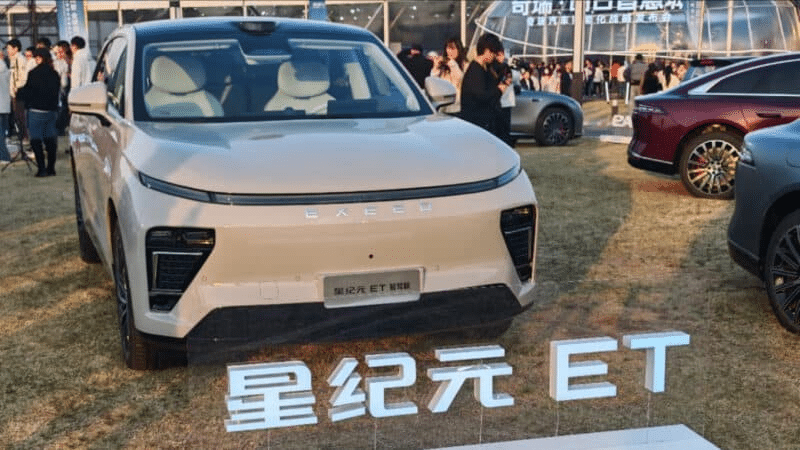
The decision to finally pursue an IPO is driven by several factors, notably the urgency to accelerate its transition to electric vehicles. The investment required for NEV research and development necessitates access to capital markets. Additionally, while currently successful, Chery’s reliance on overseas markets creates a need to diversify and strengthen its position in the domestic NEV market.
In conclusion, Chery’s Hong Kong IPO filing marks the end of a long journey but also signals the start of a new chapter as it navigates the challenges and opportunities of the evolving automotive landscape, particularly in the fiercely competitive NEV sector.
